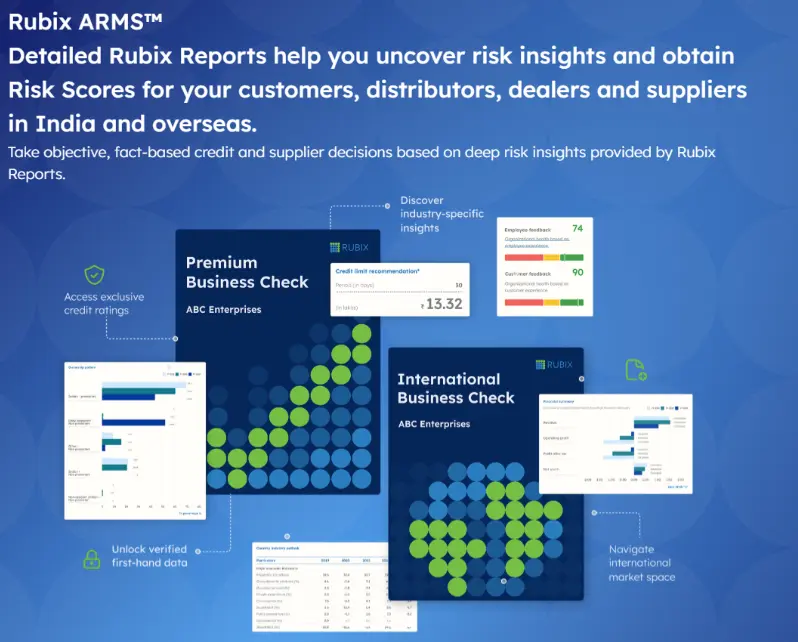Vayana for MSMEs
The New Credit Playbook: Digital Lending and the Future of MSME Finance

India’s MSMEs are no strangers to grit. They have survived lockdowns, supply chain shocks, and liquidity droughts and emerged stronger each time. But there’s one hurdle that continues to trip up many of these dynamic businesses: access to timely and affordable credit.
For far too long, MSMEs have had to knock on doors that were not built for them. Traditional lending systems have favoured enterprises with perfect paperwork and long credit histories. But the reality for many MSMEs is different. They grow fast, operate lean, and do not always fit into old moulds.
According to TransUnion CIBIL, in Q12025, credit demand rose 11% YoY, but actual disbursals dropped 11% in the Jan–Mar 2025 quarter, despite a 13% growth in total MSME credit exposure to ₹35.2 lakh crore.
This reveals a system struggling to match supply with evolving demand. Fortunately, a new generation of digital lending models is rewriting the rules—with alternate data, real-time insights, and smarter risk tools. The RBI’s Unified Lending Interface (ULI), developed by the Reserve Bank Innovation Hub, is further enabling this transformation by offering a plug-and-play framework that connects lenders with verified, consented data from digital public infrastructure.
Cash Flow Over Collateral
Digital lending models are redefining creditworthiness. Instead of relying solely on bureau scores and financials, these models analyse alternative data such as GST invoices, UPI/POS transactions, bank flows via Account Aggregators, e-commerce ratings, supply chain data, employee provident fund filings, etc. This layered approach enables the creation of a Business Health Score—a dynamic view of SME viability.
For instance, the proprietary Rubix ARMSTM platform analyses data from 120+ sources, including compliance indicators (Goods and Services Tax (GST) and Ministry of Corporate Affairs (MCA) filings), payment indicators (Employee Provident Fund (EPF) data), financial statements, external credit ratings, litigation data, and news and social media, to offer lenders a far deeper lens to assess credit risk.
There is a lot of merit to this approach. In fact, the CIBIL report shows that lenders who combine consumer and commercial credit data see 40% better borrower performance. Early delinquencies fell from 2.0% to 1.2%, and nearly half of such borrowers could be offered better pricing or faster processing. Also, 47% of MSME loans in Q12025 went to “new-to-credit” borrowers. Clearly, better data leads to better risk decisions.
Tech + Regulation: The Catalyst for Smarter Lending
India’s digital lending revolution is being accelerated by the dual engines of technology and regulation. Blockchain, AI, and consent-based data sharing have moved from being experimental to foundational. For example, blockchain-based lending is transforming how lenders verify invoices and record transactions. The Vayana Debt Platform enables SMEs to access credit on a blockchain-based system that supports tokenised settlement in digital currencies, making the lending process faster, transparent, and fully digitised through smart contracts.
At the same time, regulators have stepped in to unlock innovation safely. The RBI’s Digital Lending Guidelines, the Account Aggregator network, and the upcoming Unified Lending Interface (ULI) are creating a standardised, secure framework for alternative credit models to thrive.
And it is working: as of March 2025, delinquencies dropped to 1.79%, the lowest in five years. Smarter risk tools, better underwriting, and real-time data are making portfolios broader as well as healthier.
Embedded Finance and the New Distribution Model
Small businesses do not have the time to chase paperwork. That’s why credit is increasingly being built into the tools and platforms MSMEs already use: POS machines, supplier portals, ERP systems, even inventory apps. This is embedded finance in action, and it is changing everything. Whether it is checkout financing on a B2B marketplace or instant credit lines for kirana stores, MSMEs are getting access to capital exactly when and where they need it.
As highlighted in a PwC–ASSOCHAM report, FinTechs like Vayana are moving “last mile” with partnerships that bring lending to kirana stores, agritech platforms, and gig worker ecosystems. These models reduce the cost of customer acquisition for financial institutions and meet MSMEs where they operate: on their phones, in their inventory management apps, distribution management systems, and within their business networks.
The RBI’s Public Tech Platform for Frictionless Credit (PTPFC) is further catalysing this change by integrating consent-based data from multiple sources like UPI, GSTN, income tax, and bank accounts, to allow faster and more accurate underwriting.
Humanising the Algorithm: AI, Ethics, and Inclusion
Of course, algorithms are only as good as the data and design behind them. In his keynote at the India International Fintech Festival, Shri Ajay Kumar Choudhary of NPCI stressed the importance of customer-centricity and good governance in the FinTech ecosystem. Model bias, data privacy, and ethical lending practices must be front and centre, especially when dealing with small businesses whose livelihoods are on the line. The most resilient models are those that combine cutting-edge tech with human oversight, creating trust loops rather than just transaction funnels.
What Lies Ahead?
Imagine a world where MSMEs get credit before they even ask for it, because AI has flagged a seasonal cash flow dip. Where smart contracts release working capital the moment an invoice is verified. Where dashboards help entrepreneurs and lenders co-manage growth, risk, and opportunity.
That future isn’t far off; it is already unfolding. With cash-flow-based lending, real-time data, and platforms built for small business realities, India’s credit ecosystem is evolving to match the ambition of its entrepreneurs.
The “new-to-credit” borrower is no longer a risk. She’s the next growth story.







